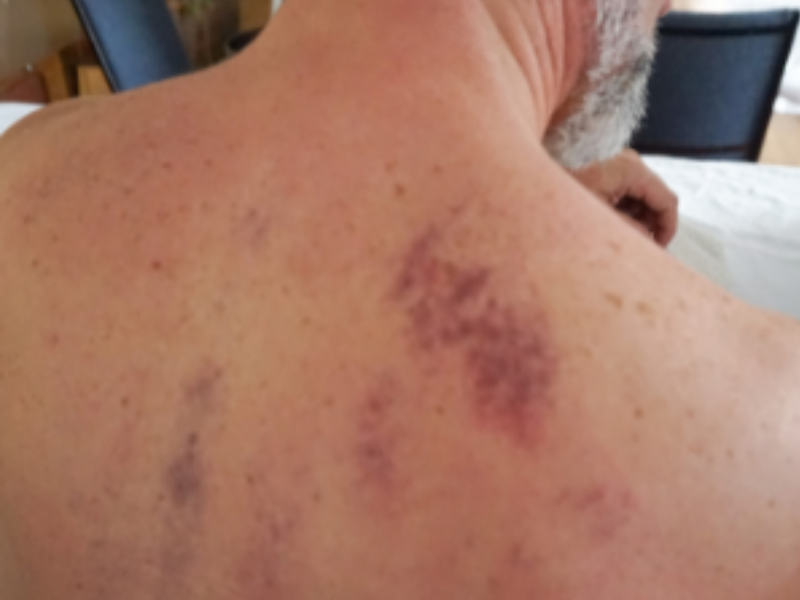The Truth About Using Heat in Gua Sha and Cupping Treatments

One of the most frequent questions I receive from students is whether it’s contraindicated to use heat with gua sha or cupping. The short answer? It depends—on the intention, the client’s condition, and the stage of the treatment.
Heat plays an essential role in East Asian Medicine. It can help move stagnation, relax muscles, and open the pores—yet it can also disperse or deplete when used at the wrong time. Understanding this balance is key to using heat effectively and safely.
Understanding What Heat Does
Heat moves Qi and Blood, relaxes fascia, and softens tissue. It helps the surface release tension or pathogens more easily. But it also draws things to the surface, amplifying the effects of gua sha and cupping. If the tissue or the person’s vitality is already overactive or depleted, heat can do more harm than good.
Think of heat as a tool that can either support flow or aggravate inflammation, depending on what’s already happening beneath your hands.
When Heat is Beneficial
-
Cold-type stagnation: The tissue feels tight, pale, or cool to the touch; the client dislikes cold or stiffness. A little warmth helps the Qi move.
-
Chronic muscle tension or fascial adhesions: Warmth softens fibrotic tissue and prepares it for manual release.
-
Before treatment: Gentle preheating with a compress, TDP lamp, or moxa helps relax the surface and enhances gua sha or cupping results.
Pro tip: Use heat like a “door-opener” before gua sha or cupping—not a “booster” afterward.
When Heat is Contraindicated
-
Inflammation or acute injury: If the area is red, hot, or swollen, skip the heat. The tissue is already inflamed.
-
Deficiency heat or Yin depletion: Clients who feel hot, dry, or restless may not tolerate additional warmth.
-
After strong gua sha or cupping: The skin is hyperemic and still releasing—adding heat can deepen bruising or delay healing.
-
Clients with impaired sensation: Avoid heat with neuropathy or poor circulation.
When in doubt, observe. If the skin is flushed or the client reports a deep ache or heat sensation, it’s time to cool things down.
Practitioner Tips
-
Always assess local tissue temperature before applying heat.
-
A mild, even warmth can enhance circulation; excessive heat can scorch the Qi.
-
Favor indirect methods (cloth barrier, gentle radiant heat) over direct hot packs.
-
Match the thermodynamics of Qi to the moment: heat expands, cold contracts. Expansion is helpful only if there’s enough containment and vitality to guide it.
Conclusion
Heat can be a powerful ally in gua sha and cupping—when used with discernment. Applied at the right time and in the right amount, it helps the body release stagnation, soften tension, and restore vitality. Applied carelessly, it can inflame, disperse, or drain.
As always, the art lies in your touch and observation. Feel the tissue, sense the Qi, and let the body tell you whether it’s asking for warmth—or rest.


0 comments
Leave a comment